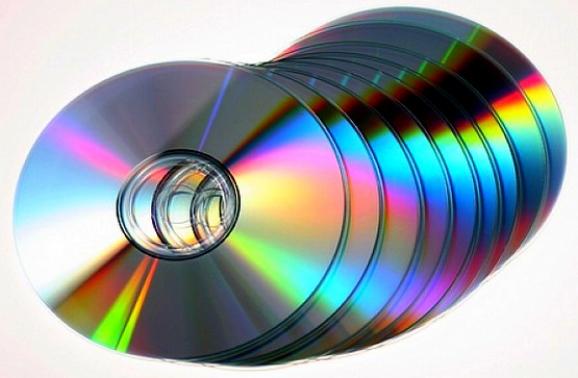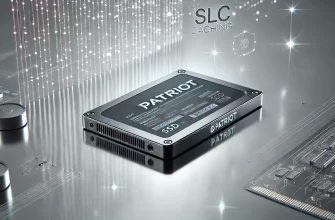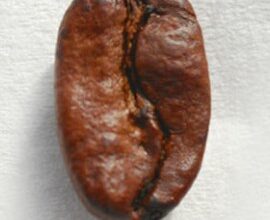Currently, CDs are used virtually everywhere. The dynamic development of the computer market and digital information has increased interest in their use as data carriers.
not important, whether it is the use of amateur or professional, selection of the appropriate disc affects the durability and reliability of the burn. The variety of available CD, to acquire that you can market, as well as the dynamics of change in this sector can often cause you doubt "which drive select?”. If you have any doubts about which disc to choose, refer to the guidance shown below.
Main settings
When purchasing a disc, the first thing you need to think about is, what data you are going to burn it, and what media you will need capacity. Also pay attention to a number of other characteristics, which often you ignored, significantly affect the recording quality and usability.
Types and capacity of the drives
The first decision to purchase the disc should concern its type. This in turn affects the following features, such as: volume, multiplicity and recording speed. Currently on the market can be found the following types of discs:
- CD-R - these are some of the most popular types of recordable discs. On a standard CD-ROM can be written 700 MB of data, or about 80 minutes of music. You can also find large carriers: 800 MB (90 minutes) and 870 MB (99 minutes). These discs reproduce almost all the players: computers, portable players or car stereos.
- CD-RW – on such disks, It is also 700 MB data. However, unlike previous, these can be recorded multiple times. They can write, delete it, then record again (ca.. 1000 time).
- DVD - close to the CD-R are also the most frequently used record discs disposable. Their indisputable advantage is the fact, that is on them to 4,7 GB of data. distinguish 2 type of disc: DVD + R и DVD-R. Often we wonder how these differences, and which disk is better to choose. A significant difference between them lies in the fact, that DVD + R are pre-formatted and have an area for error correction. Consequently, better suited for storage of computer data. Their disadvantage is that, that the old program or DVD-drives may not be able to record DVD + R discs. A DVD-R discs, Unlike DVD+R, they do not have error areas and are not formatted. but, thereby ideal for recording movies and music, since they do not need error correction. It should also be borne in mind, in DVD format discs can be played only players intended for them.
- DVD-RW, DVD+RW – on these discs also hold up to 4,7 GB of data. However, unlike previous, These can be used repeatedly. They can be written down, wipe off, then burn again (ca.. 1000 time). However, as the operation, disc loses its properties, which affects the reading speed.
The most common format is a DVD-RW, It is supported by most DVD-drives. DVD + RW is an alternate format, designed to provide greater compatibility with stationary DVD-players. - DVD-R DL - a dual-layer discs with the capacity to 8,5 GB of data. They can be written only once. For recording and playback device required, that support this type of carrier.
- DVD-RAM - it was the first record of the standards on a DVD-ROM, which has now been superseded by later standards, DVD-RW and DVD + RW. However, the DVD-RAM has a huge advantage, insofar as, as the manufacturers claim, It can be erased and recorded over 100 000 time. The disadvantage of these drives is the fact, that are required for the device of their recording and playback, that support this type of carrier, in particular computer DVD-RAM reading program.
- DVD Blue Ray - is a relatively new type of disc, allows to record up to 25 GB of data on a single layer disc. Sales can also find dual-layer discs with the capacity to 50 GB. As with the two previous discs, device required their recording and playback, that support this type of carrier.













